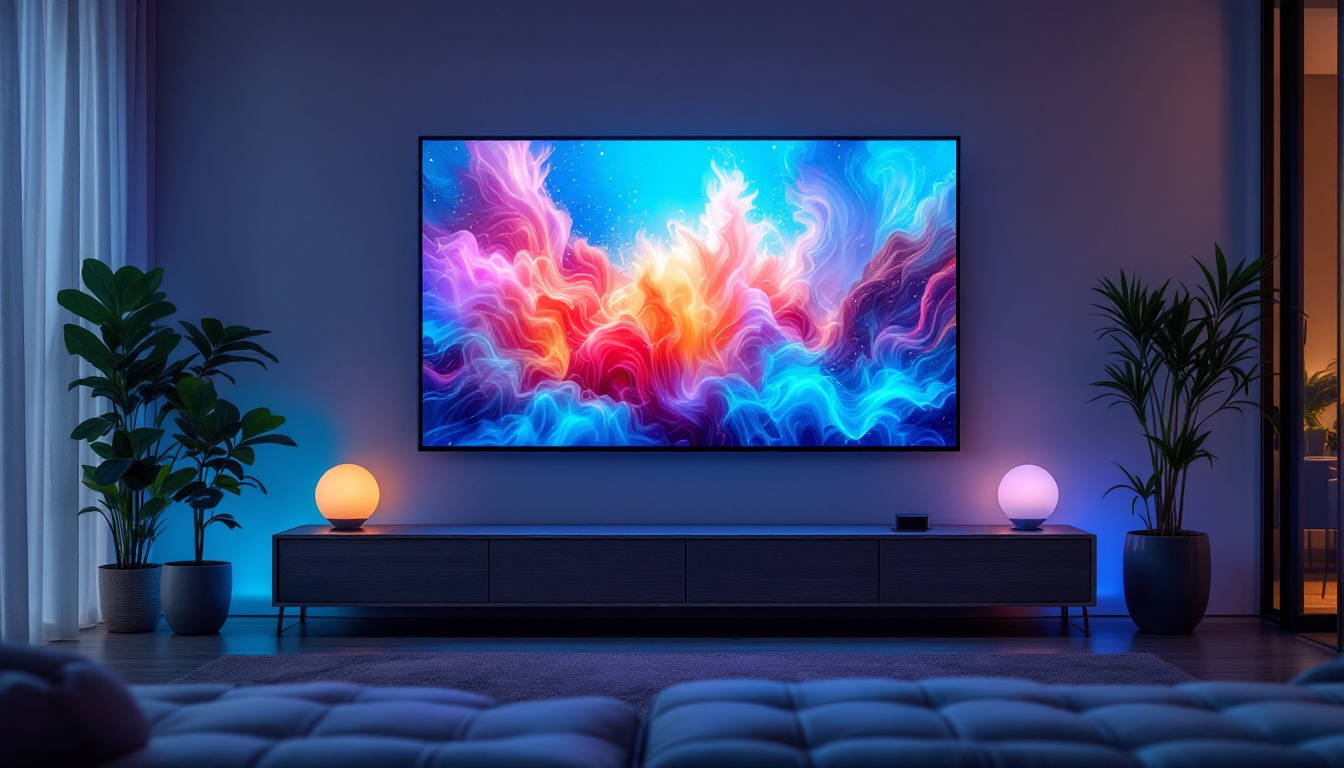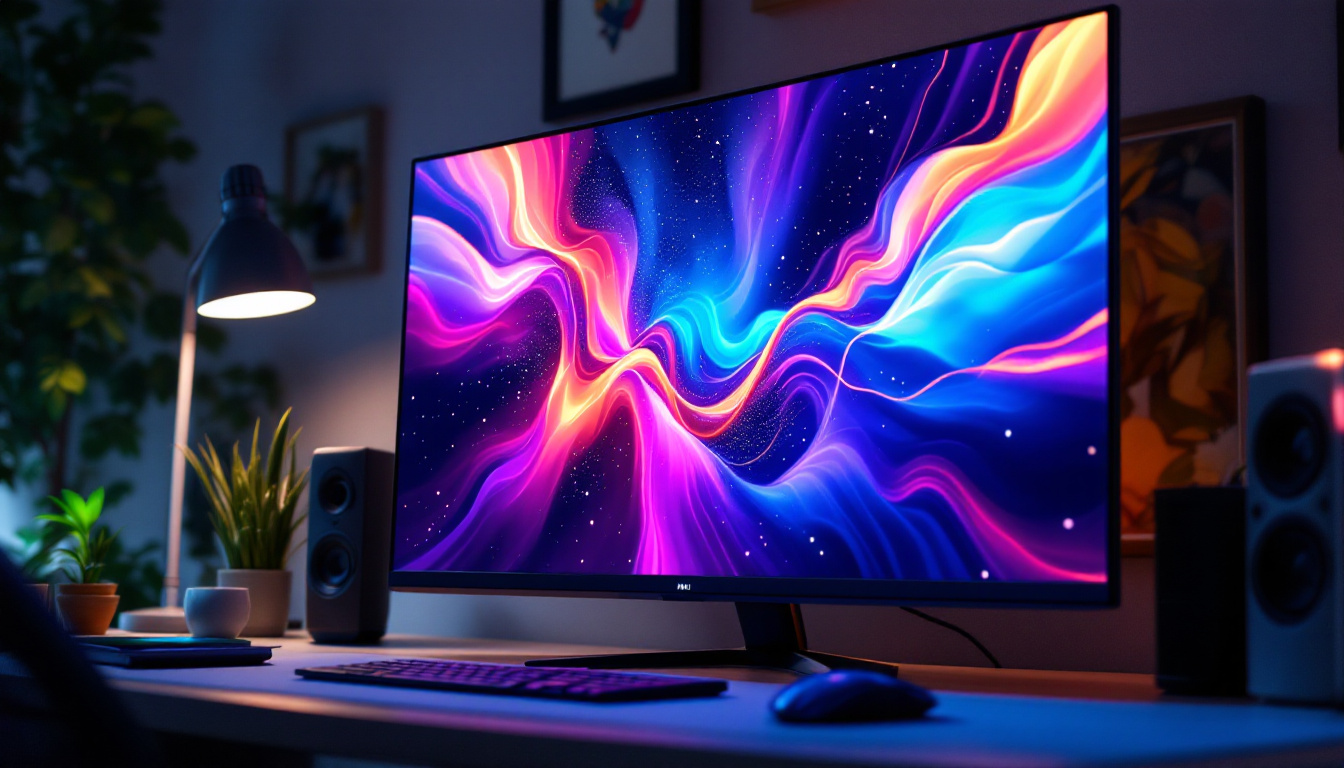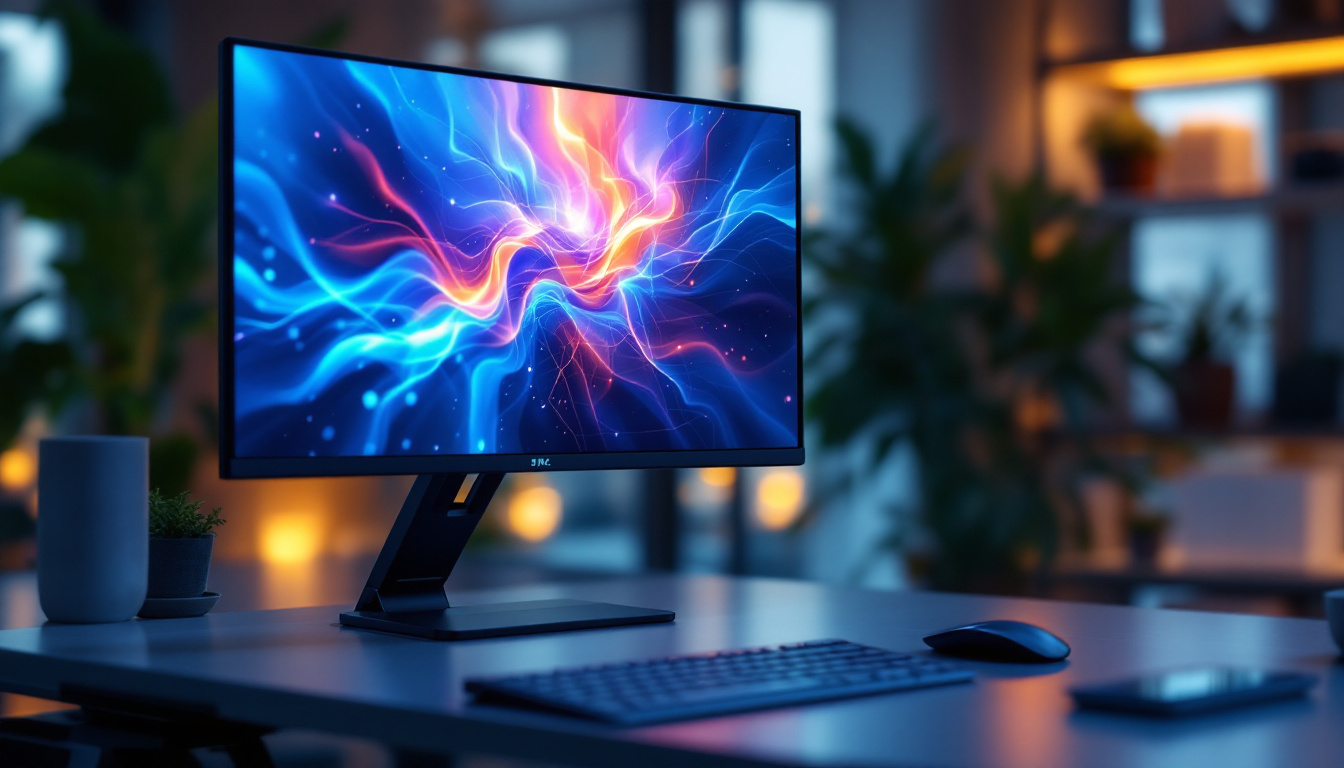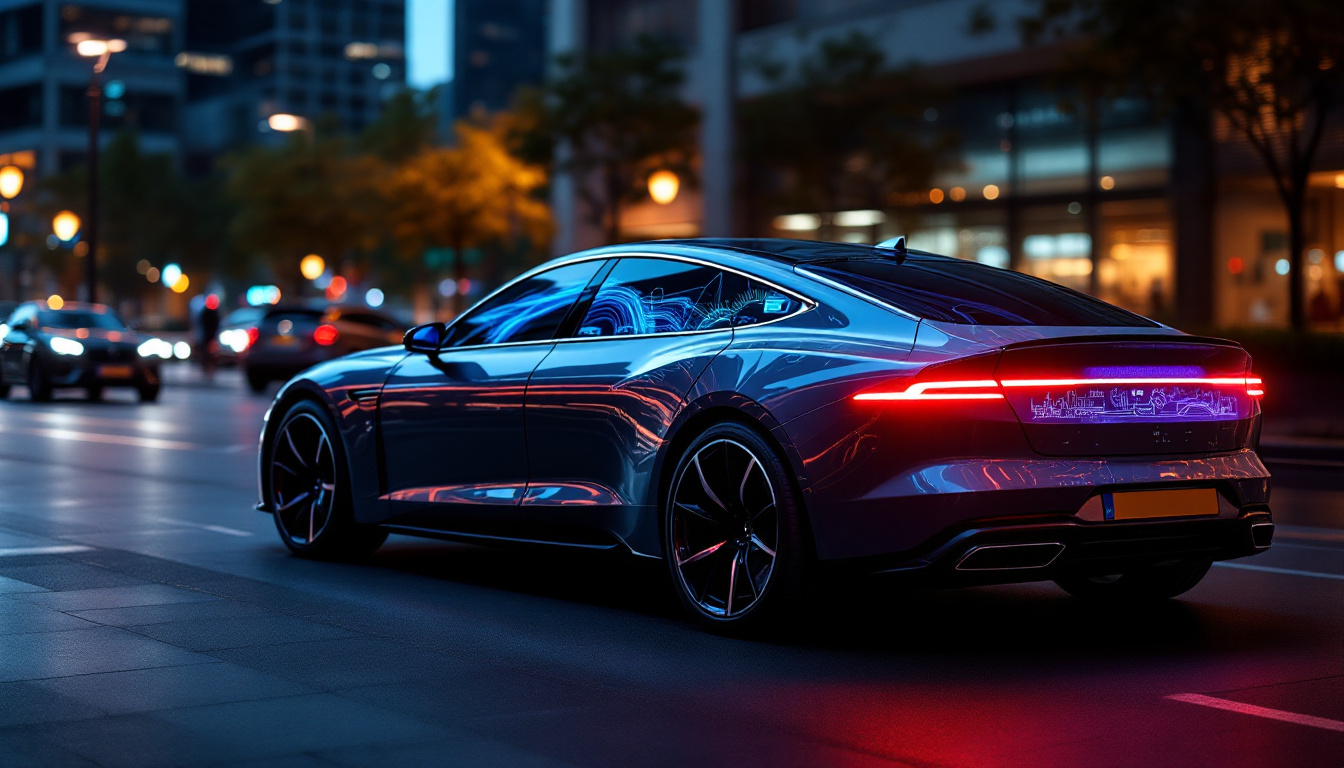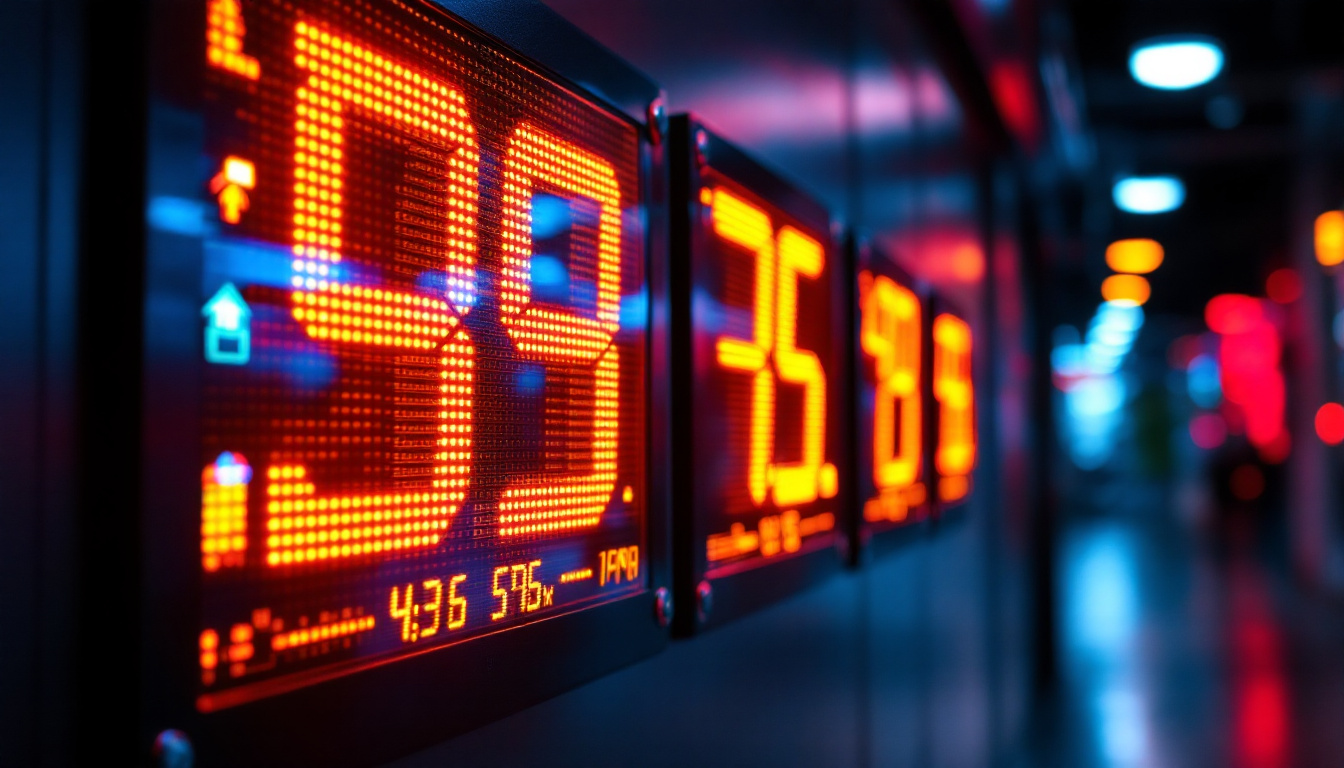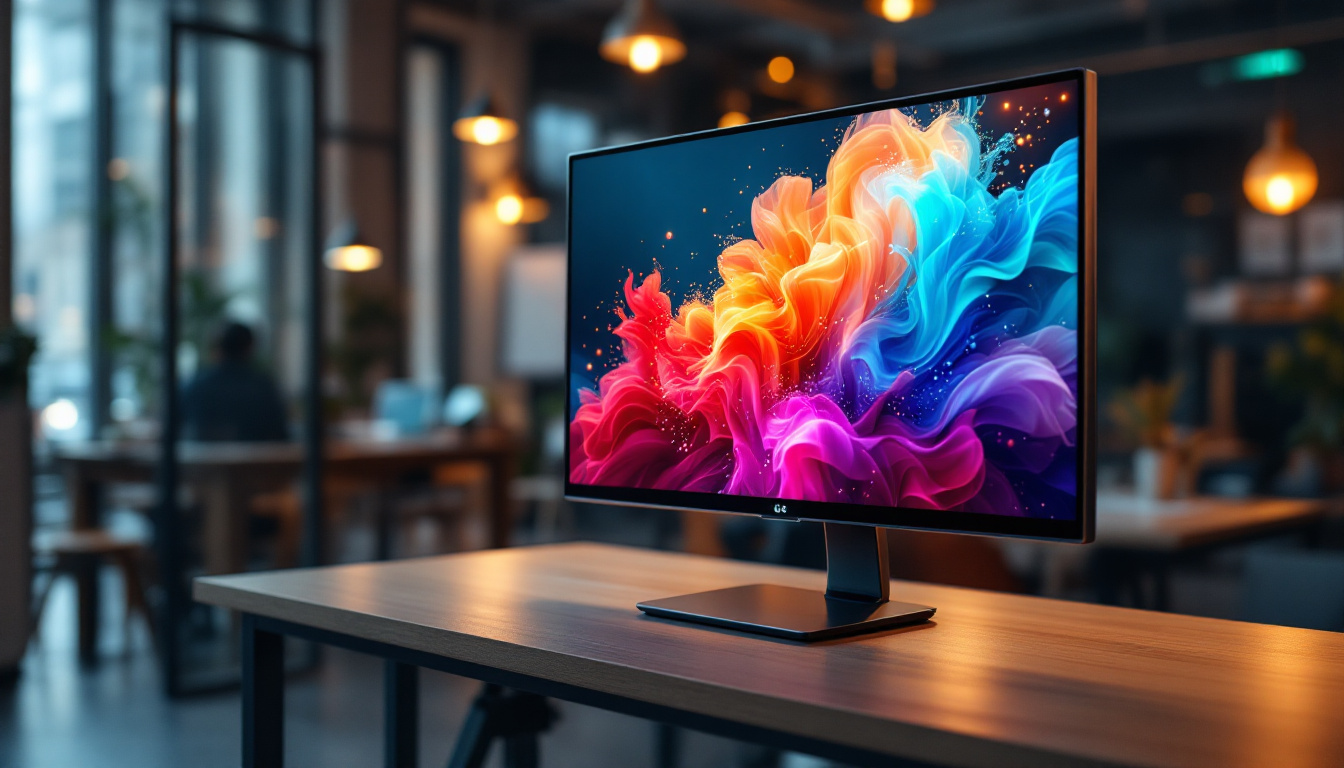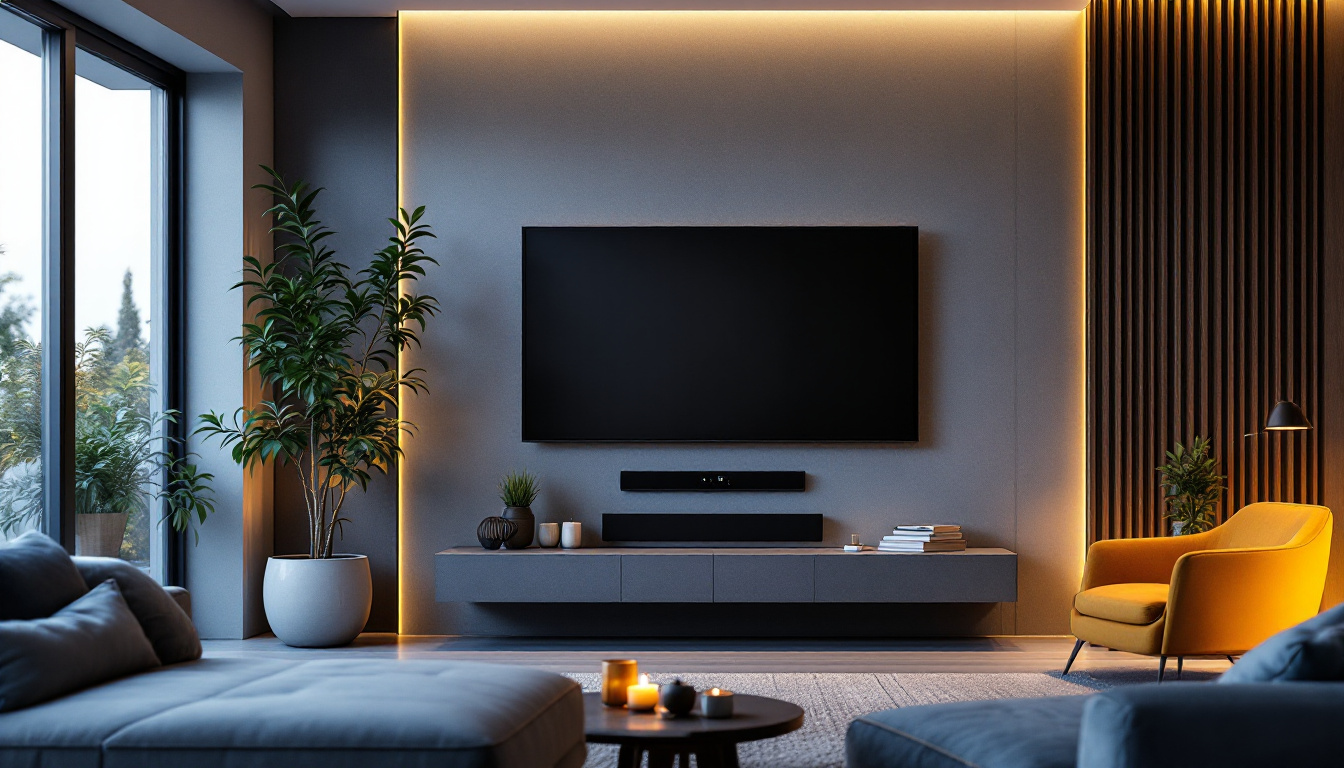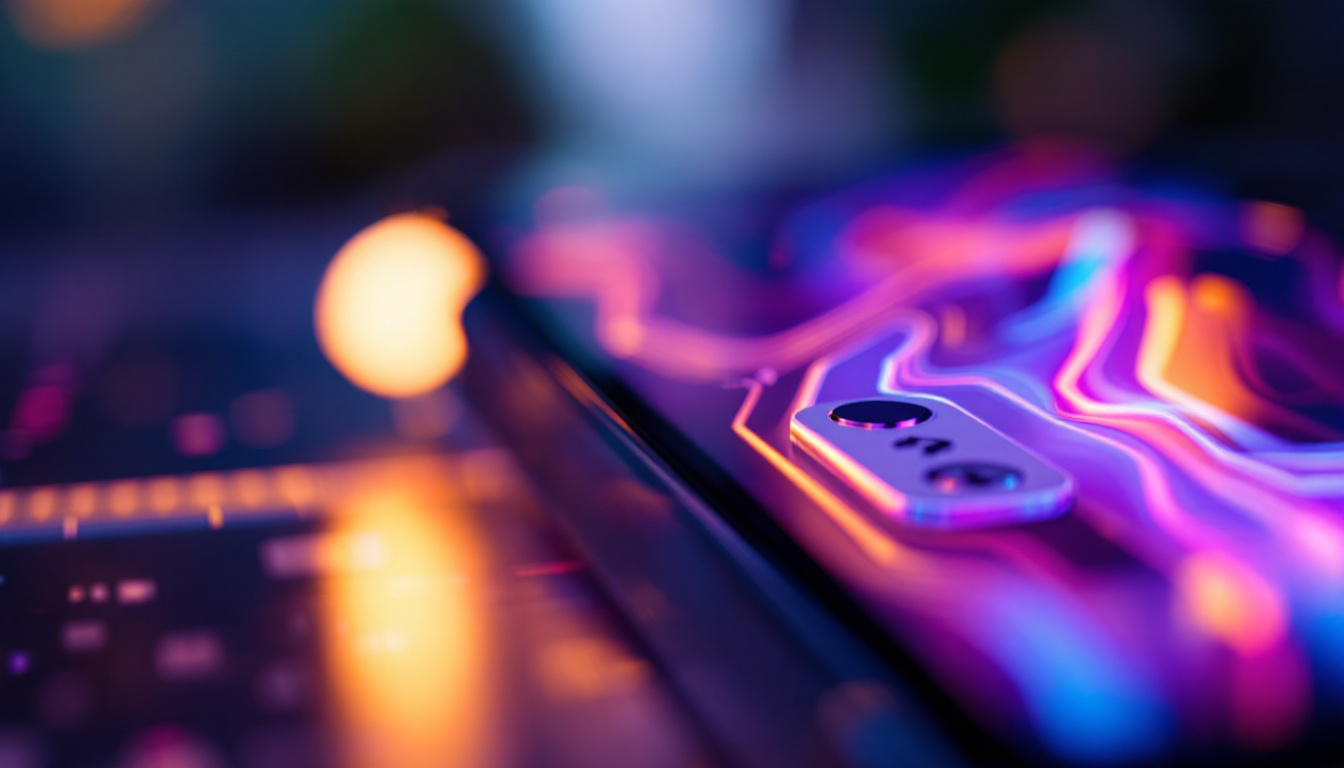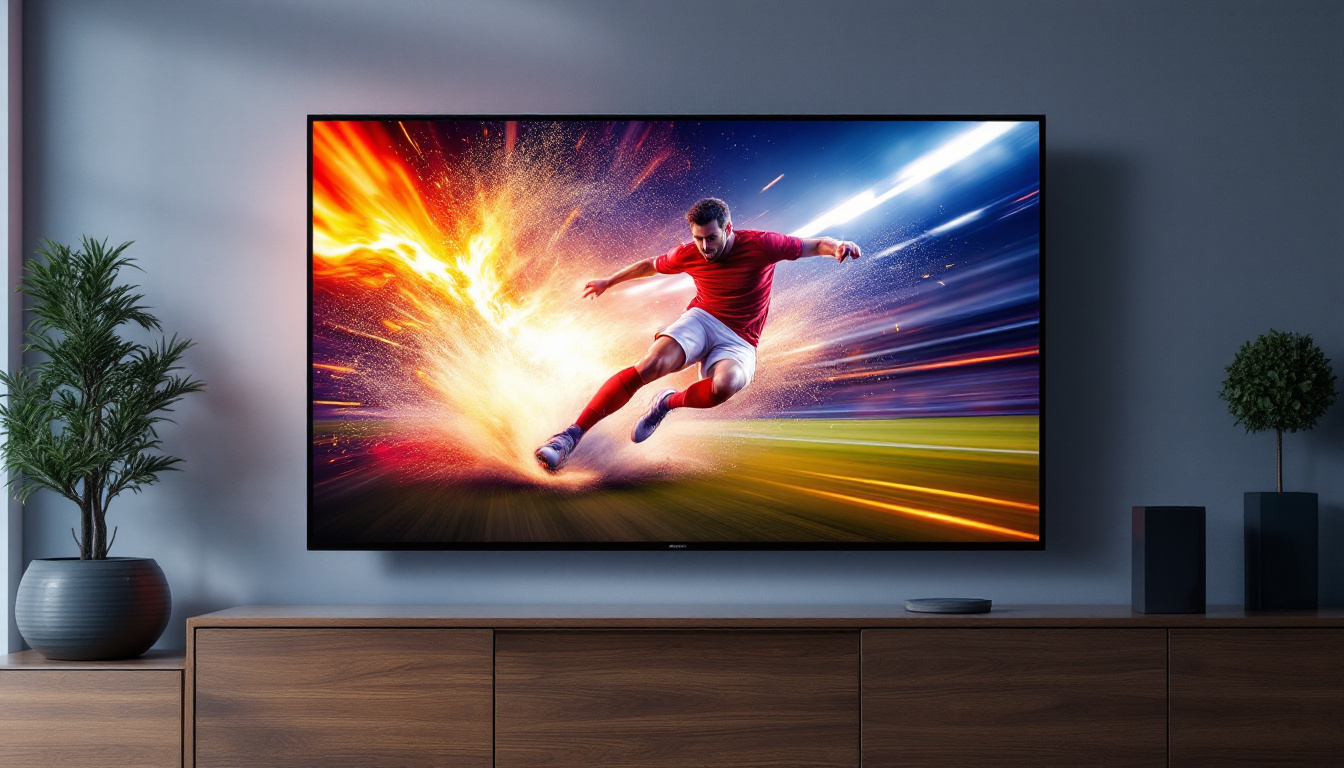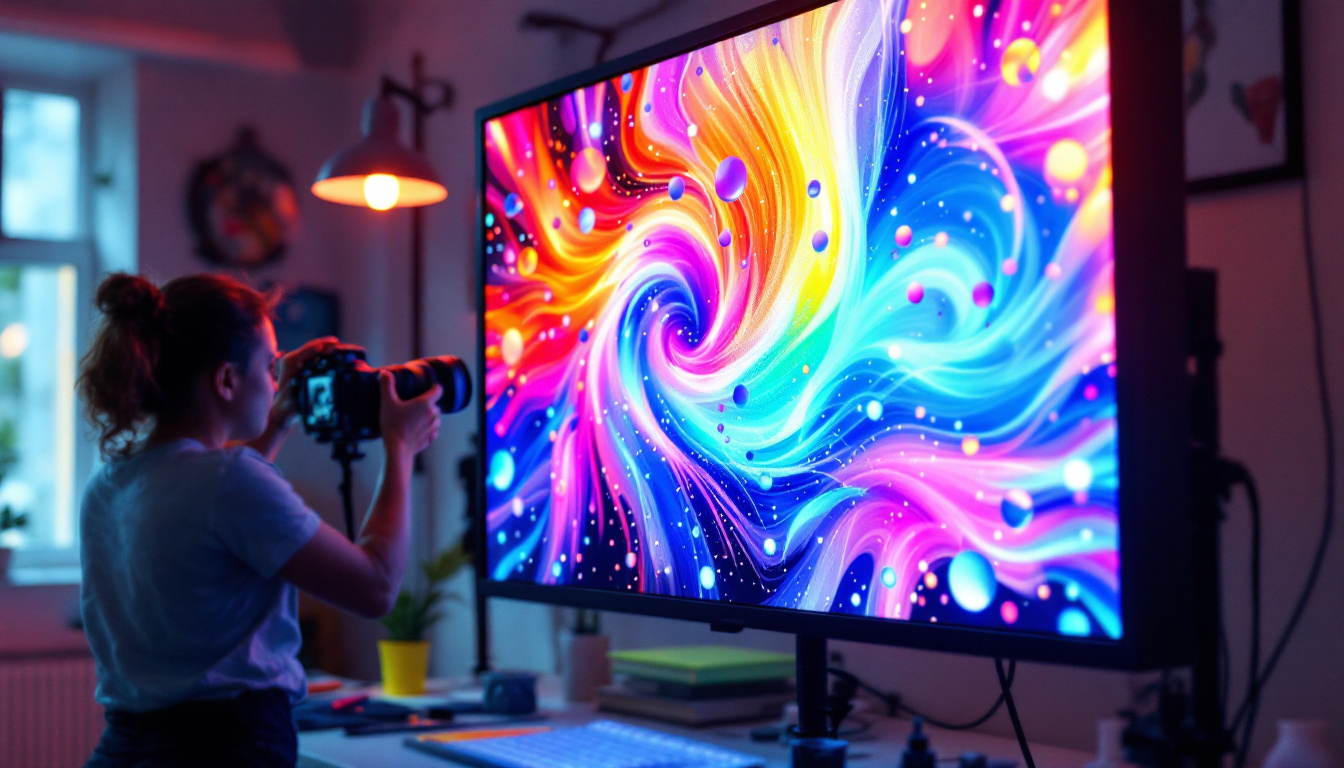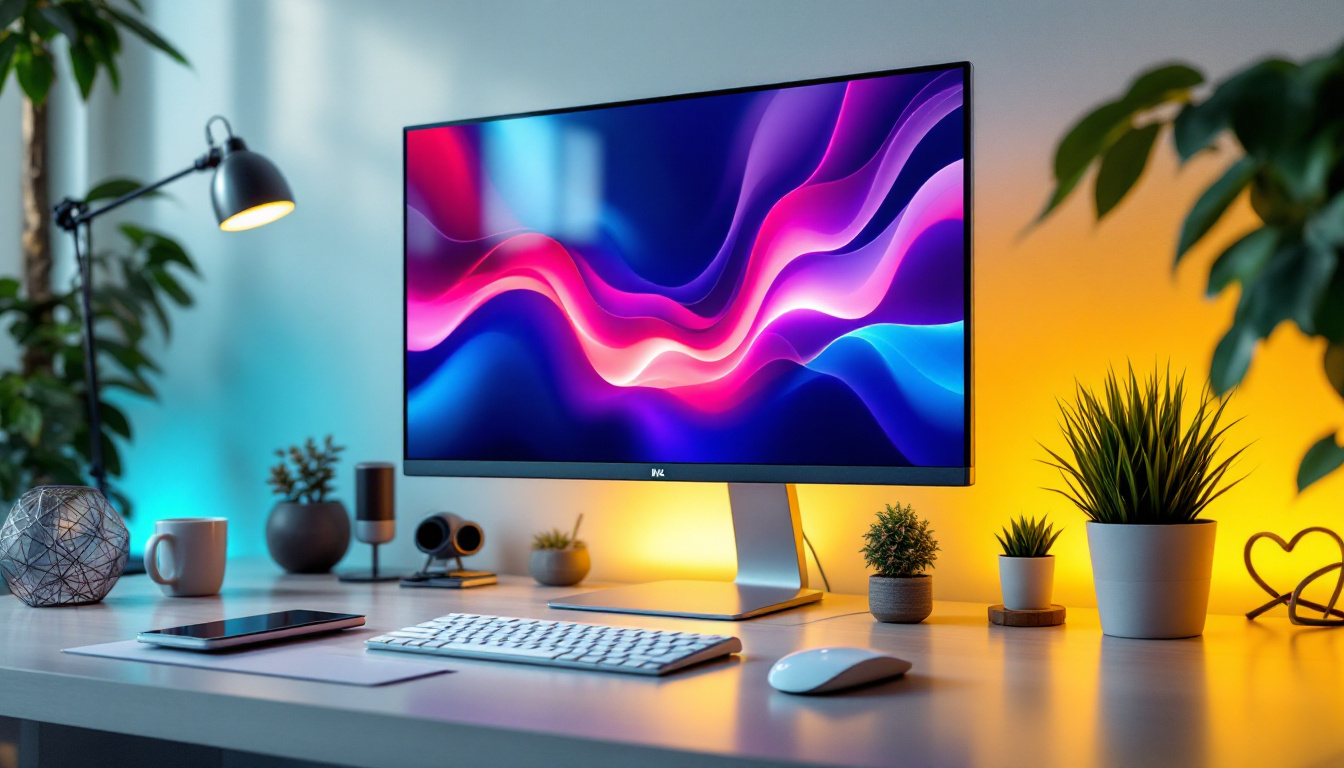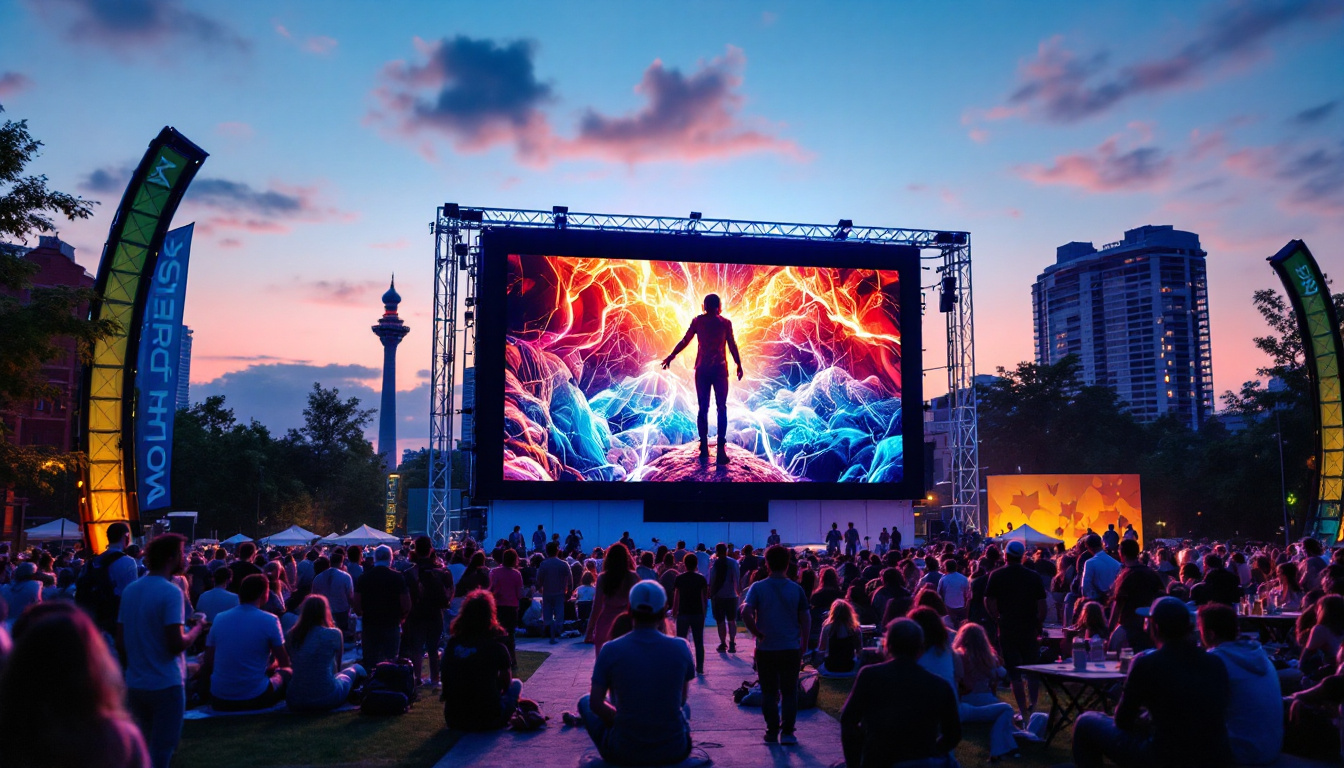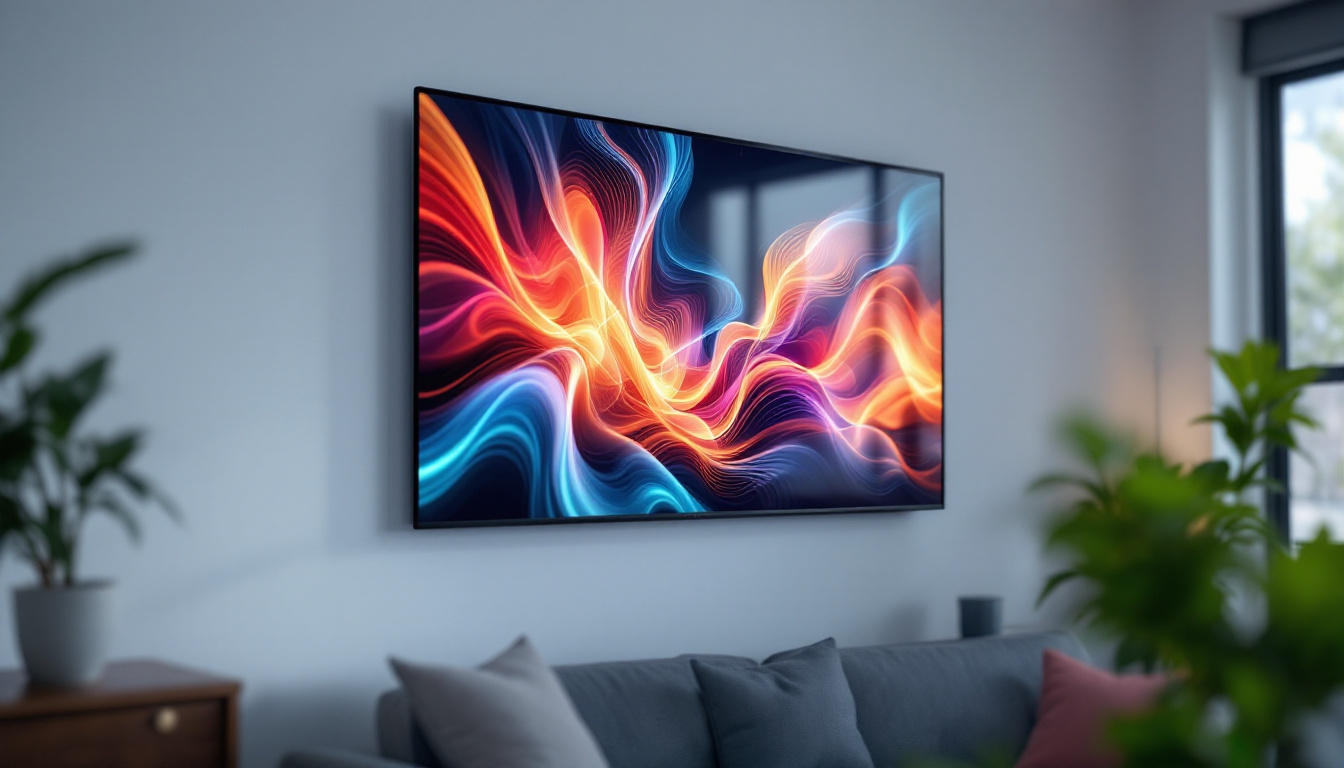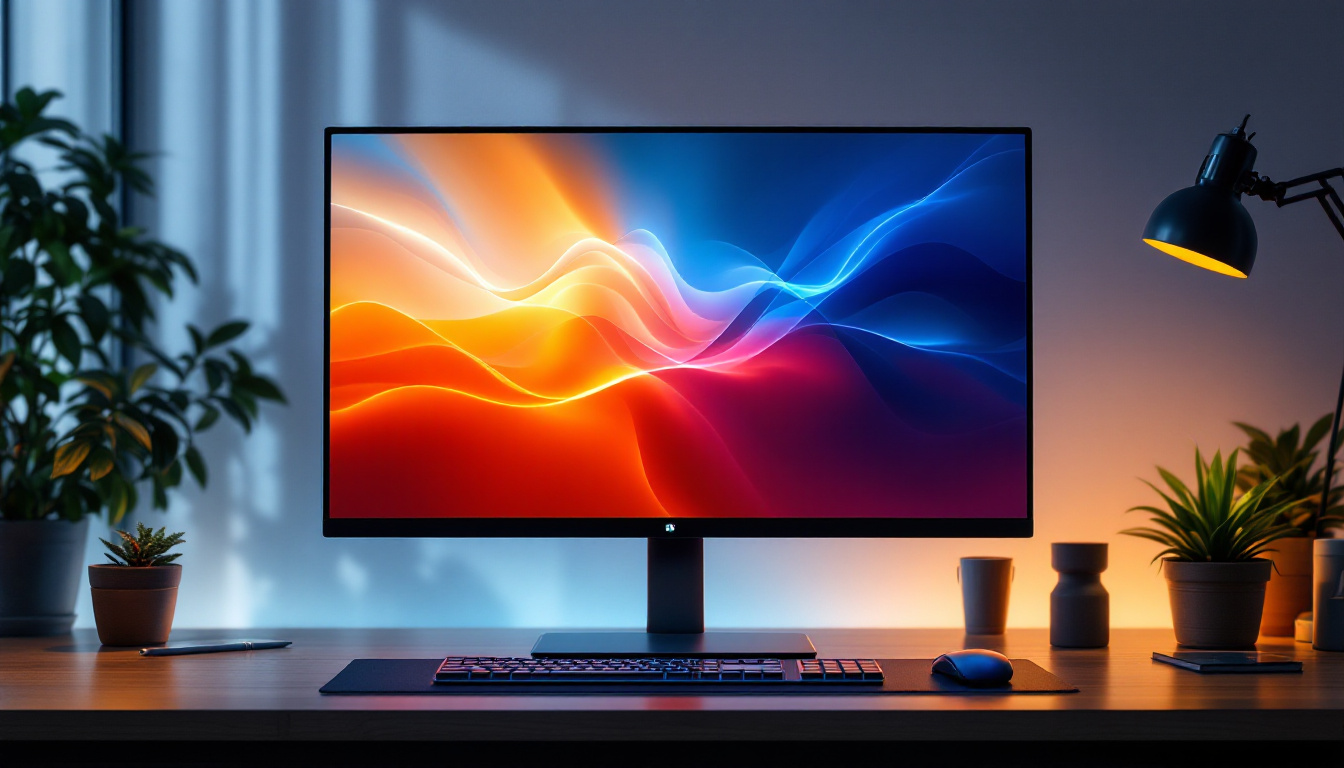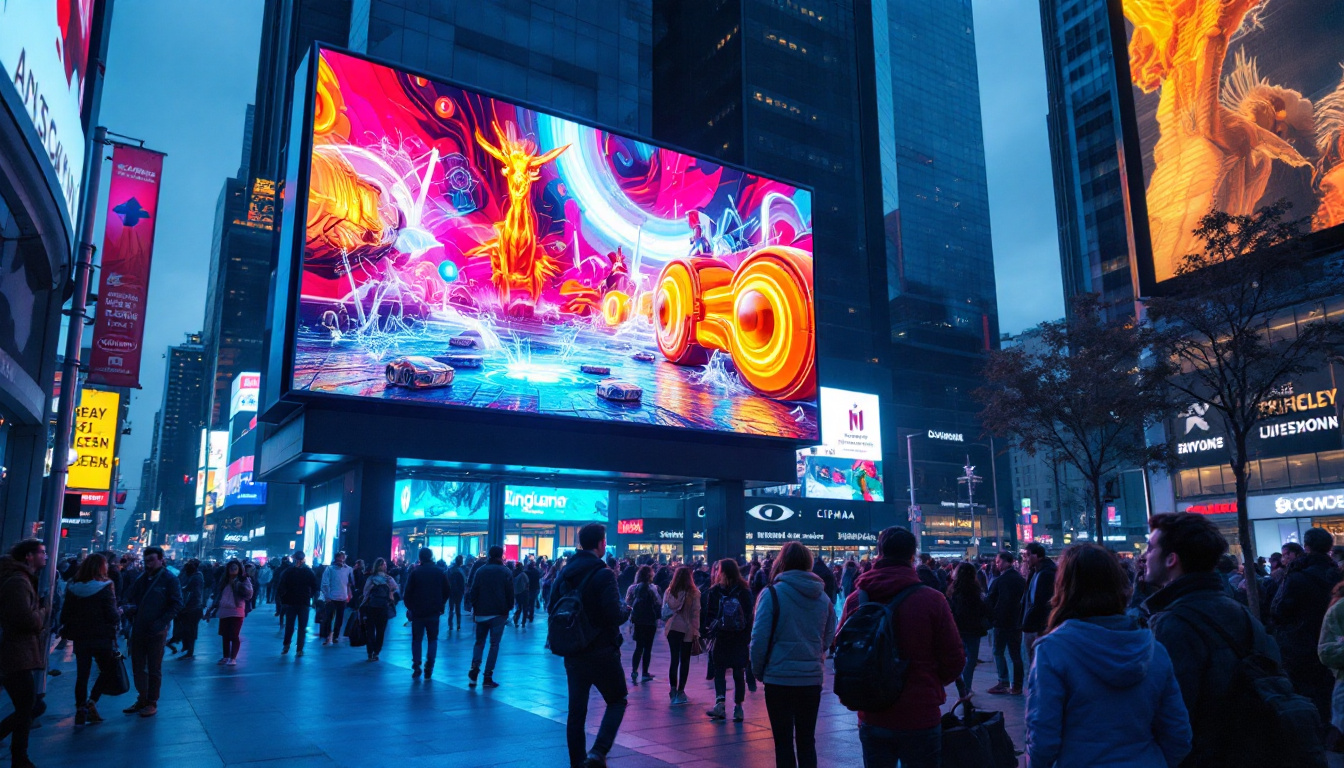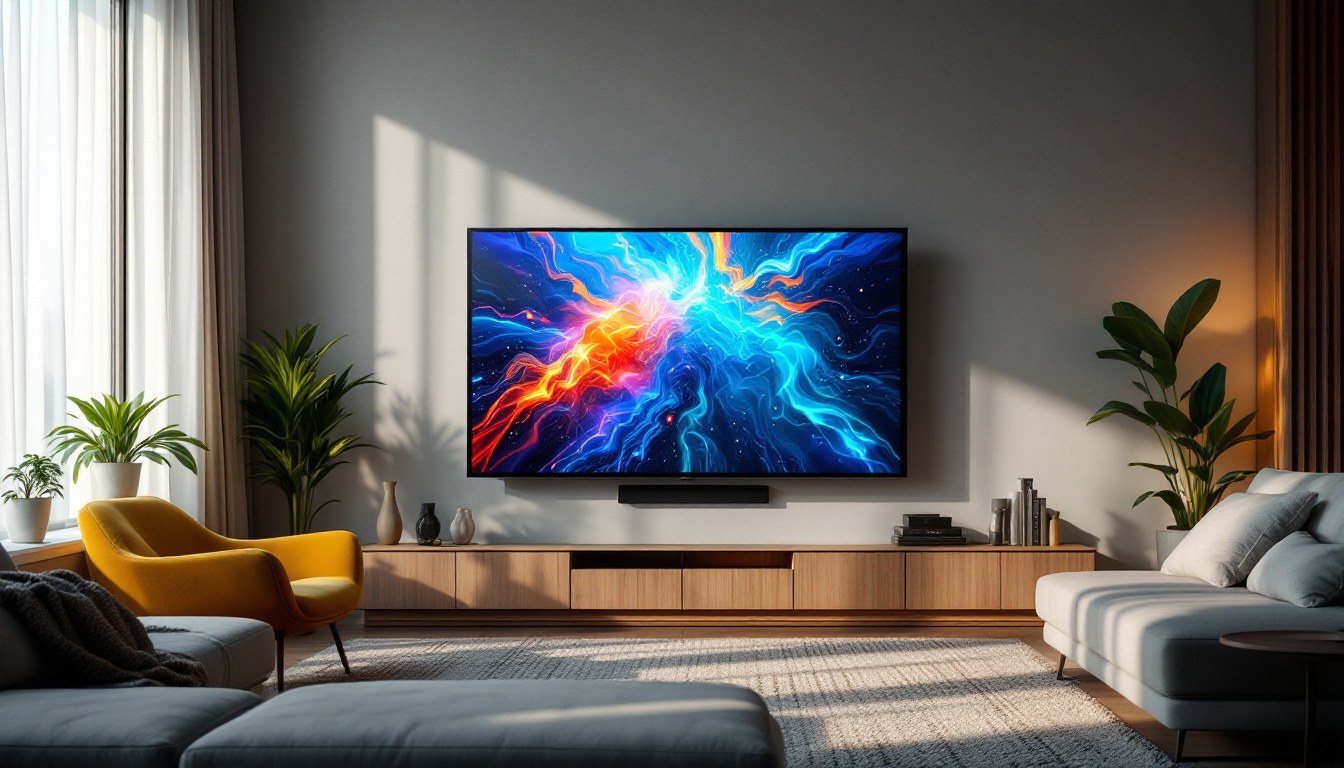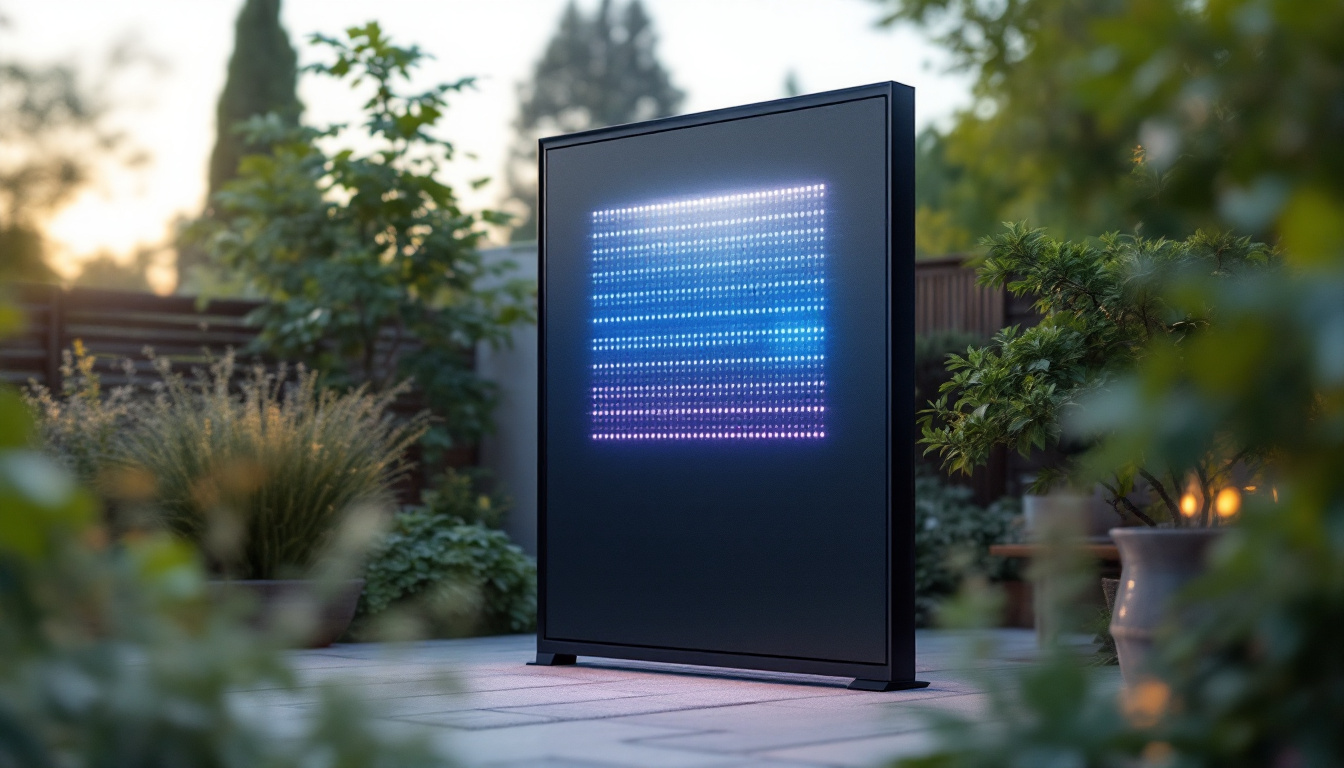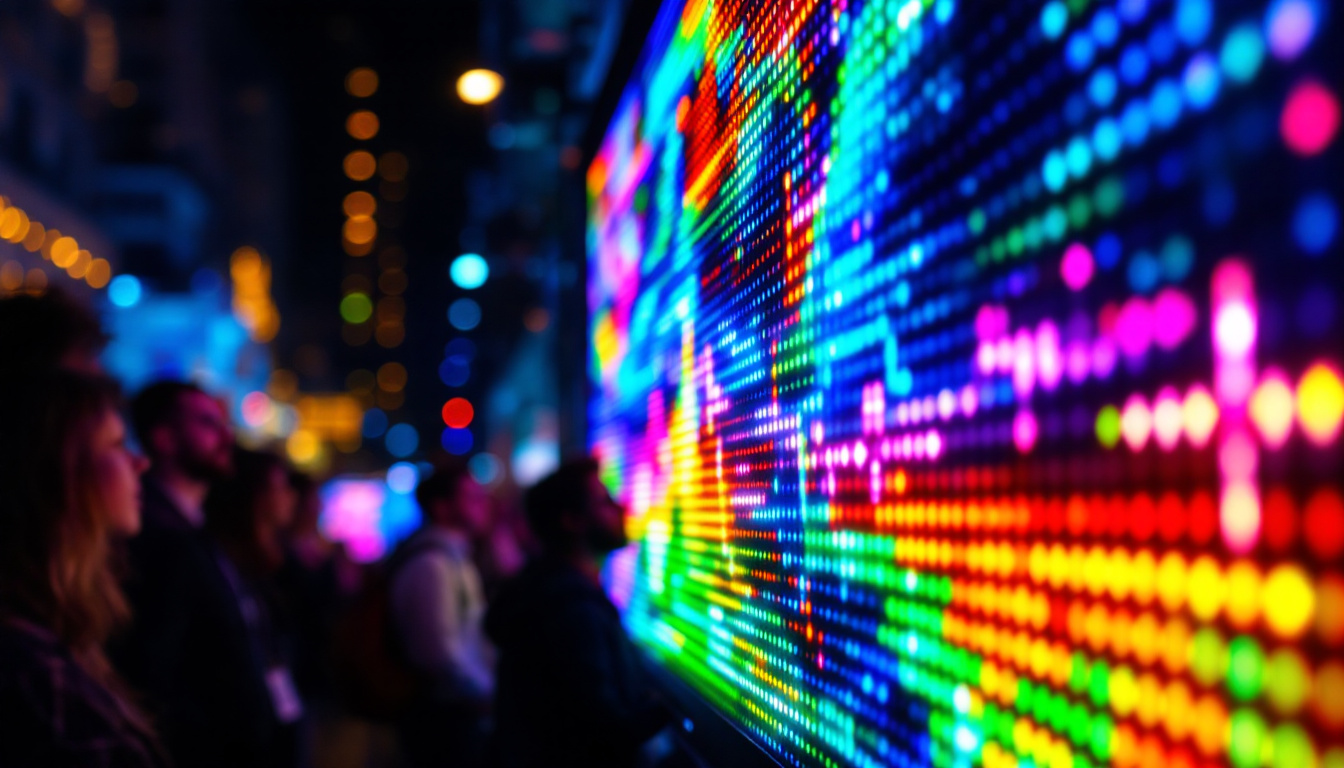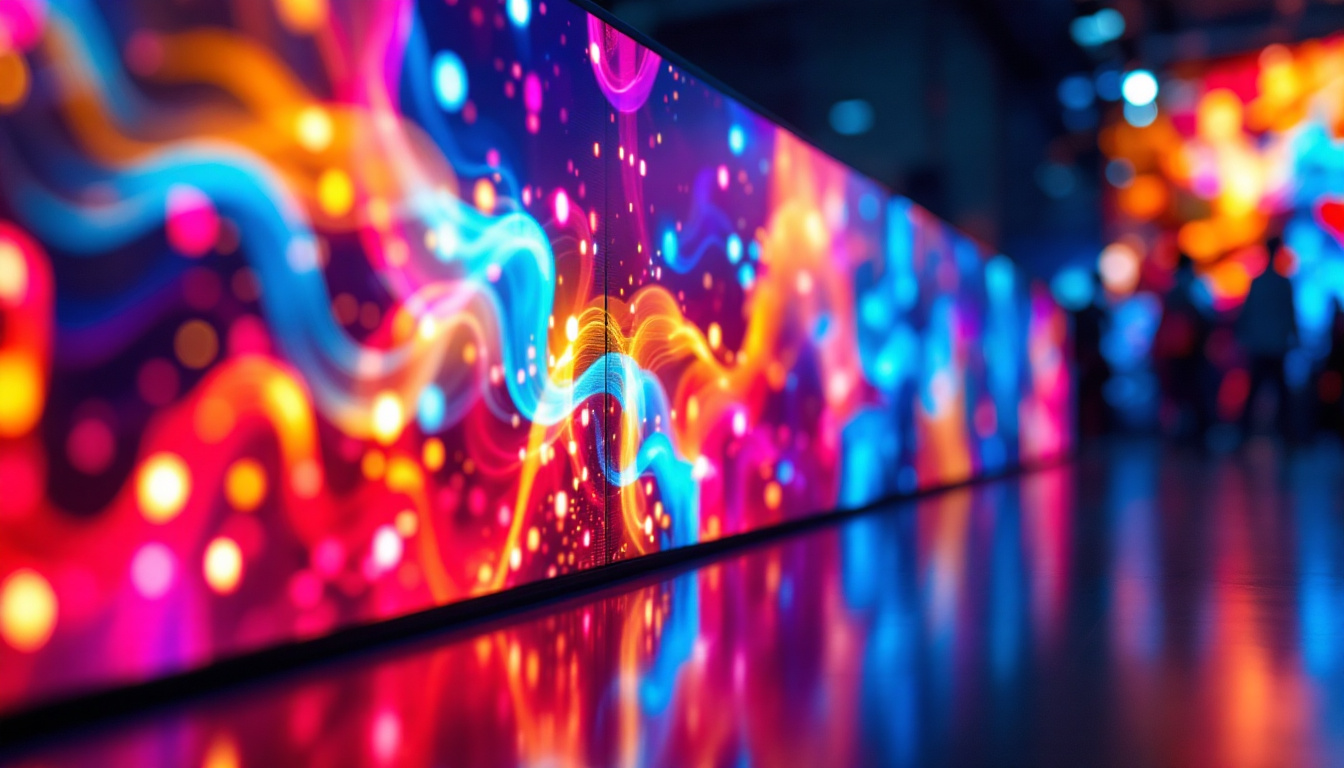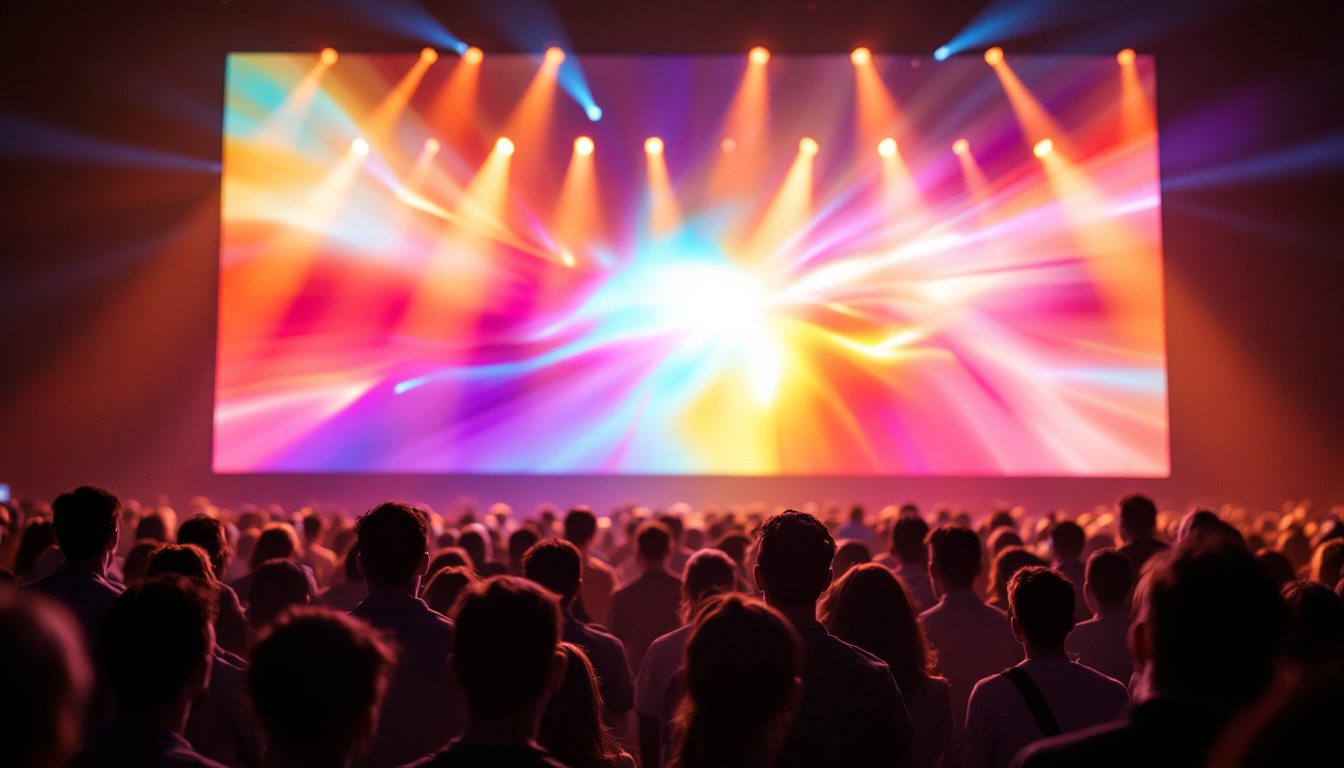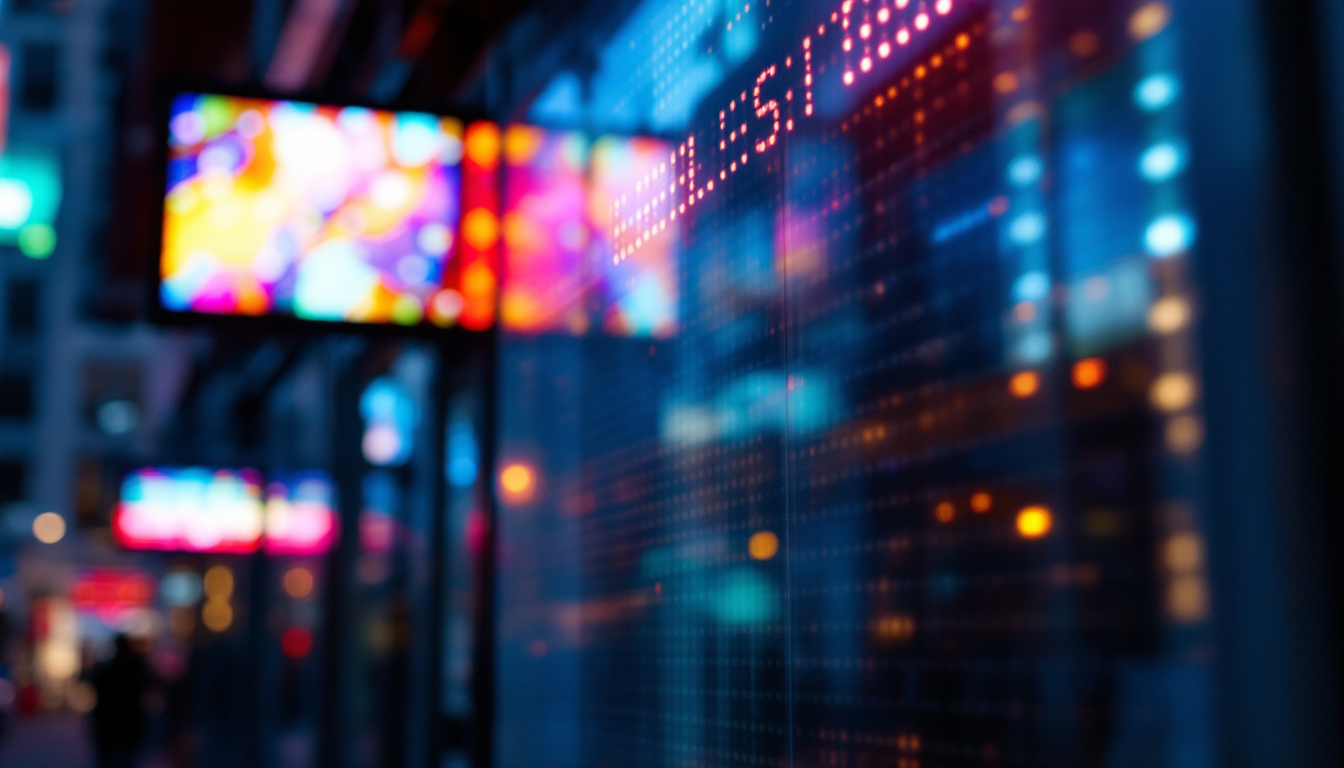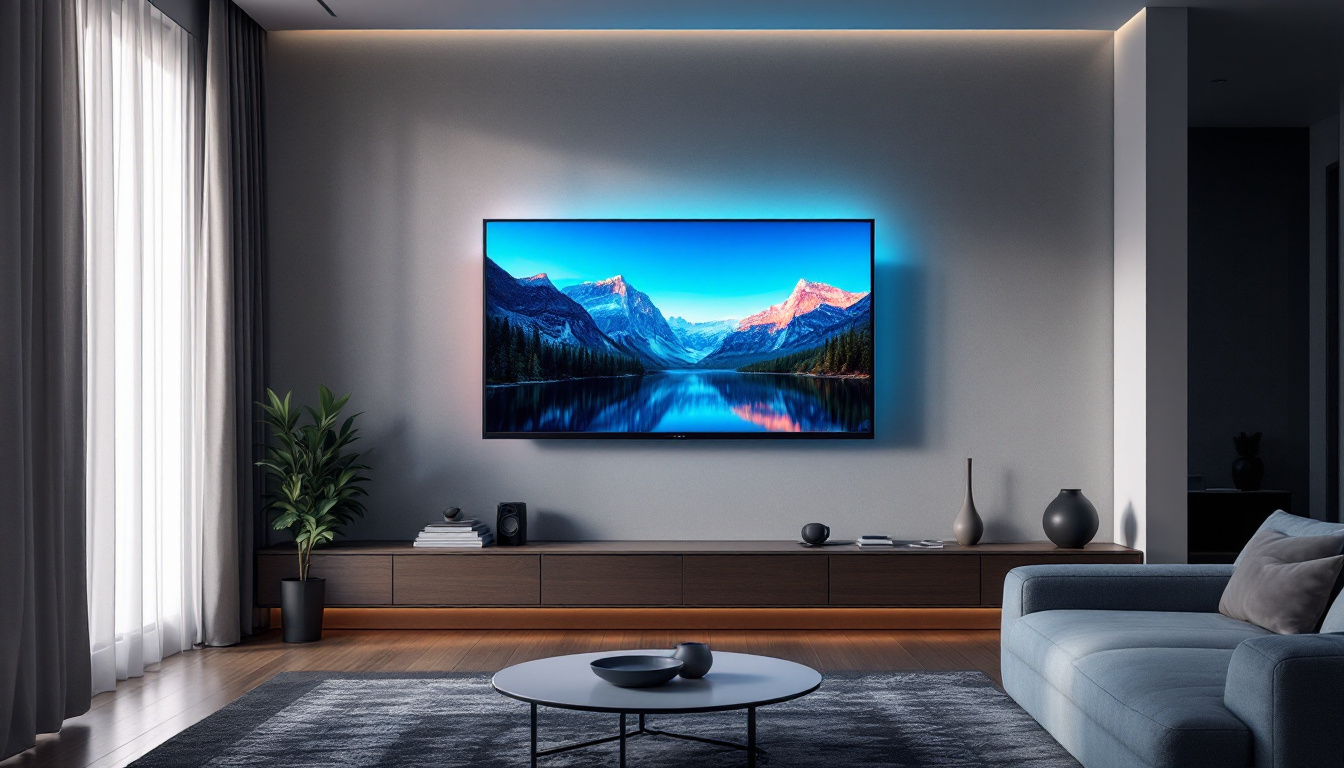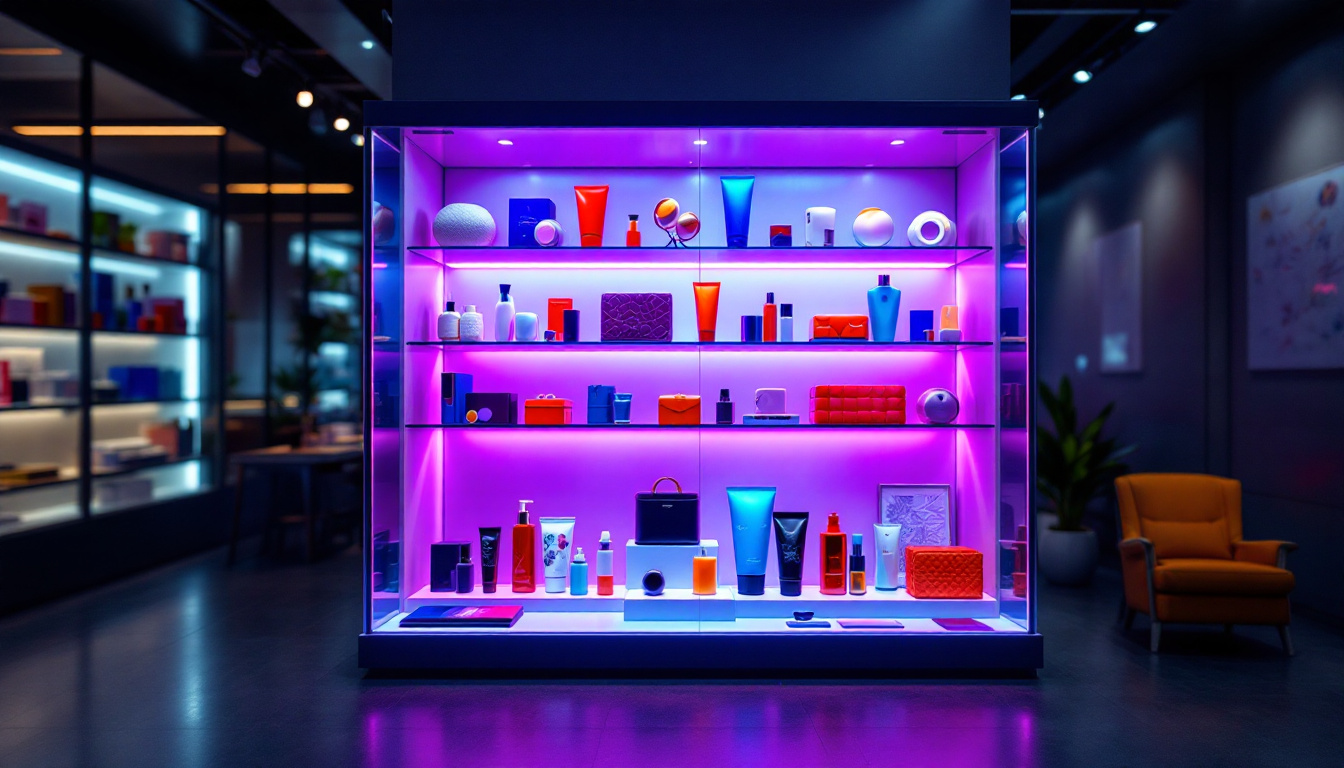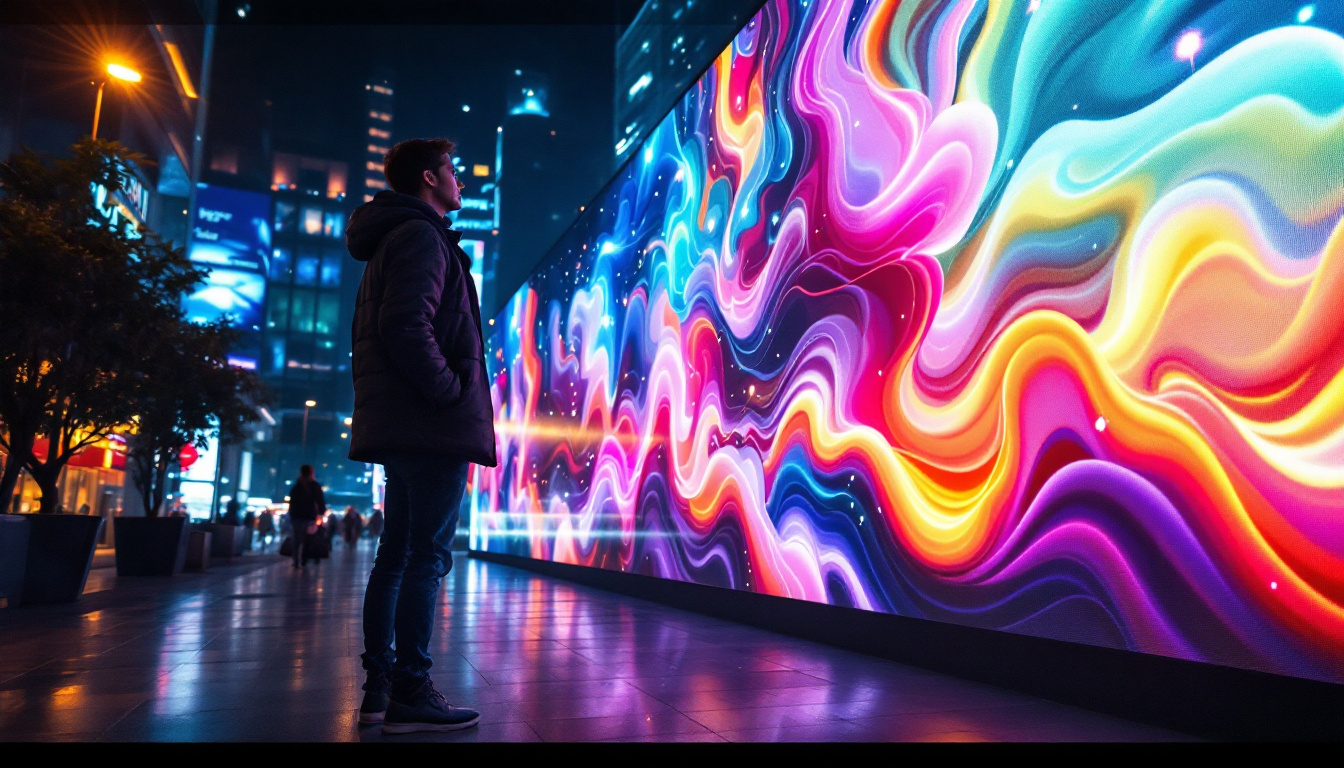In the realm of visual technology, the digital projector screen has become an indispensable tool for presentations, home theaters, and educational environments. Among the various types of screens available, LED displays stand out for their vibrant colors and high-quality image output. This article delves into the intricacies of digital projector screens, focusing specifically on LED displays, their advantages, and how they compare to other technologies.
Understanding LED Displays
LED, or Light Emitting Diode, technology has revolutionized the way images are projected. Unlike traditional projection screens that rely on ambient light and reflective surfaces, LED displays generate their own light, resulting in brighter and more vivid images. This section explores the fundamental aspects of LED displays and their unique characteristics.
How LED Displays Work
LED displays utilize a matrix of tiny light-emitting diodes to create images. Each pixel on the screen is made up of red, green, and blue diodes, which combine to produce a full spectrum of colors. When an image is projected, these diodes light up in varying intensities to form intricate visuals. This technology allows for exceptional brightness and contrast, making LED displays ideal for both dark and brightly lit environments.
Furthermore, LED displays can be designed in various configurations, including flat panels and curved surfaces. This versatility allows for creative installations in a wide range of settings, from corporate offices to entertainment venues.
Advantages of LED Displays
One of the standout features of LED displays is their energy efficiency. Compared to traditional projection methods, LED technology consumes significantly less power, making it an environmentally friendly choice. Additionally, LED displays have a longer lifespan, often lasting over 50,000 hours, which reduces the need for frequent replacements.
Another key advantage is the superior image quality. LED displays provide higher resolutions, sharper images, and enhanced color accuracy. This makes them particularly appealing for applications where visual detail is paramount, such as graphic design, video editing, and high-definition movie screenings.
Comparing LED Displays to Other Technologies
While LED displays offer numerous benefits, it is essential to compare them with other projection technologies to understand their unique position in the market. This section will look at the differences between LED displays, LCD, and DLP projectors.
LED vs. LCD Projectors
LCD, or Liquid Crystal Display, projectors have been a popular choice for many years. They work by shining light through liquid crystals to create images. While LCD projectors can produce good image quality, they often struggle with color vibrancy and brightness compared to LED displays.
One notable difference is in the maintenance and longevity of the two technologies. LCD projectors typically require lamp replacements every few thousand hours, while LED displays can operate for much longer without the need for such maintenance. This makes LED a more cost-effective solution in the long run.
LED vs. DLP Projectors
DLP, or Digital Light Processing, projectors utilize a chip made of thousands of tiny mirrors to reflect light and create images. DLP projectors are known for their sharpness and ability to produce high-quality images, particularly in dark environments. However, they can sometimes suffer from the “rainbow effect,” where viewers perceive brief flashes of color due to the way light is processed.
In contrast, LED displays eliminate this issue entirely, providing a consistent color experience without the risk of visual artifacts. Additionally, LED technology offers a wider viewing angle, ensuring that images remain clear and vibrant from various perspectives.
Applications of LED Displays
The versatility of LED displays makes them suitable for a wide range of applications. From corporate environments to entertainment venues, the demand for high-quality visual technology continues to grow. This section explores some of the most common uses of LED displays.
Corporate Presentations
In the corporate world, effective communication is crucial. LED displays are increasingly being used for presentations, allowing businesses to showcase their ideas with clarity and impact. The bright and vivid images produced by LED technology ensure that every detail is visible, even in well-lit conference rooms.
Moreover, the ability to connect multiple LED screens allows for larger displays, making it easier to engage larger audiences. This feature is particularly beneficial for trade shows and exhibitions, where capturing attention is essential.
Home Theater Systems
For home theater enthusiasts, LED displays offer an immersive viewing experience. The vibrant colors and high contrast ratios enhance the visual quality of movies and television shows, making them feel more lifelike. Additionally, many LED displays support 4K resolution, providing stunning detail that elevates the home viewing experience.
Furthermore, the slim profile of LED displays allows for easy installation, whether mounted on a wall or placed on a stand. This flexibility makes them an attractive option for homeowners looking to create a cinematic atmosphere.
Educational Environments
In educational settings, LED displays are transforming the way information is presented. Schools and universities are increasingly adopting this technology to facilitate interactive learning experiences. The bright and clear visuals help capture students’ attention and enhance comprehension.
Interactive LED displays also allow for collaborative learning, enabling multiple users to engage with the content simultaneously. This interactivity fosters a more dynamic classroom environment, encouraging participation and discussion among students.
Choosing the Right LED Display
With a plethora of options available, selecting the right LED display can be a daunting task. Various factors must be considered to ensure that the chosen display meets specific needs and requirements. This section outlines some essential considerations when choosing an LED display.
Screen Size and Resolution
The size of the LED display is one of the most critical factors to consider. The intended use will dictate the appropriate screen size. For instance, a large display may be necessary for a corporate presentation in a spacious conference room, while a smaller screen may suffice for personal use at home.
Resolution is equally important. Higher resolutions, such as 4K, provide sharper images and greater detail, which is particularly beneficial for applications like graphic design and video editing. Evaluating the resolution in conjunction with the screen size will help ensure optimal viewing experiences.
Brightness and Contrast Ratio
Brightness is measured in lumens, and it is a crucial factor for LED displays, especially in environments with significant ambient light. A higher lumen count ensures that images remain clear and visible, regardless of lighting conditions. Additionally, the contrast ratio plays a vital role in determining the depth of colors and the overall image quality.
When selecting an LED display, it is advisable to choose one with a high brightness level and contrast ratio to achieve the best possible visual output.
Connectivity Options
In today’s digital age, connectivity is paramount. LED displays should offer a range of connectivity options to accommodate various devices. HDMI, USB, and wireless connectivity are essential features that allow users to connect laptops, tablets, and smartphones effortlessly.
Moreover, some LED displays come equipped with built-in software that enhances functionality, such as screen mirroring and remote access. Evaluating these features can significantly enhance the user experience.
Maintenance and Care for LED Displays
While LED displays are known for their durability and longevity, proper maintenance is essential to ensure optimal performance over time. This section covers some best practices for maintaining LED displays.
Regular Cleaning
Dust and dirt can accumulate on the surface of LED displays, affecting image quality. Regular cleaning is necessary to maintain clarity. It is advisable to use a soft, lint-free cloth and a gentle cleaning solution to wipe the screen. Avoid using harsh chemicals or abrasive materials, as these can damage the display.
Additionally, keeping the surrounding area clean can help minimize dust buildup, contributing to the longevity of the display.
Software Updates
Many modern LED displays come with built-in software that may require periodic updates. Keeping the software up to date ensures that the display operates efficiently and benefits from the latest features and security enhancements. Regularly checking for updates can help maintain optimal performance.
Proper Storage and Handling
When not in use, LED displays should be stored in a safe environment to prevent damage. Avoid placing heavy objects on top of the display or exposing it to extreme temperatures. When transporting the display, use the original packaging or protective materials to safeguard it from impact.
The Future of LED Displays
The future of LED display technology looks promising, with continuous advancements driving innovation. As technology evolves, LED displays are expected to become even more integrated into everyday life. This section explores some emerging trends and future possibilities for LED displays.
Integration with Smart Technology
As smart technology becomes increasingly prevalent, LED displays are likely to integrate seamlessly with other smart devices. This integration will enable users to control displays remotely, access content from various sources, and enhance interactivity.
For instance, smart LED displays could allow users to stream content directly from their smartphones or tablets, creating a more cohesive and user-friendly experience.
Advancements in Resolution and Color Accuracy
Future developments in LED technology are expected to yield even higher resolutions and improved color accuracy. With the rise of 8K resolution displays, users can anticipate unparalleled detail and clarity in their visual experiences.
Additionally, advancements in color reproduction will enable LED displays to produce an even wider color gamut, enhancing the overall viewing experience across various applications.
Eco-Friendly Innovations
As environmental concerns continue to grow, the LED display industry is likely to focus on sustainability. Innovations aimed at reducing energy consumption and utilizing recyclable materials will play a significant role in the future of LED displays.
These eco-friendly advancements will not only benefit the environment but also appeal to consumers who prioritize sustainability in their purchasing decisions.
Conclusion
LED displays have transformed the landscape of visual technology, offering unparalleled image quality, energy efficiency, and versatility. As they continue to evolve, these displays are becoming integral to various applications, from corporate presentations to home theaters and educational environments. By understanding the unique characteristics of LED displays and considering essential factors when choosing one, users can make informed decisions that enhance their visual experiences.
With ongoing advancements in technology, the future of LED displays promises even greater innovations, making them a smart investment for anyone seeking high-quality visual solutions. Whether for professional or personal use, LED displays are poised to remain at the forefront of digital projection technology.
Discover LumenMatrix LED Display Solutions
Ready to elevate your visual experience with the latest in LED display technology? Look no further than LumenMatrix, a pioneer in crafting dynamic and innovative LED display modules. Whether you’re seeking to enhance your brand’s presence, captivate your audience with stunning visuals, or create an interactive environment, LumenMatrix has a solution tailored to your needs. From Indoor and Outdoor LED Walls to specialized displays for vehicles, sports, and more, our products are designed to revolutionize visual communication. Check out LumenMatrix LED Display Solutions today and step into the future of digital projection technology.

